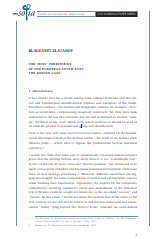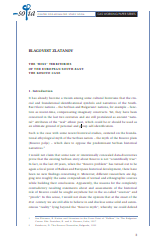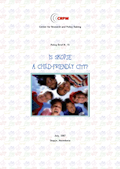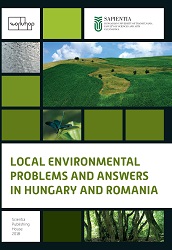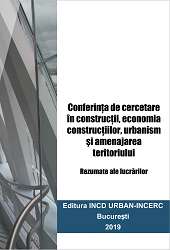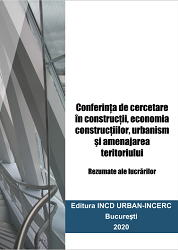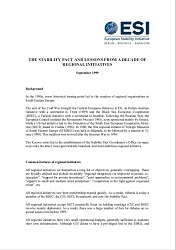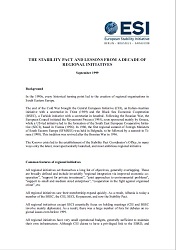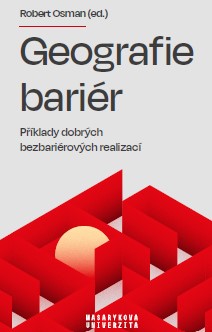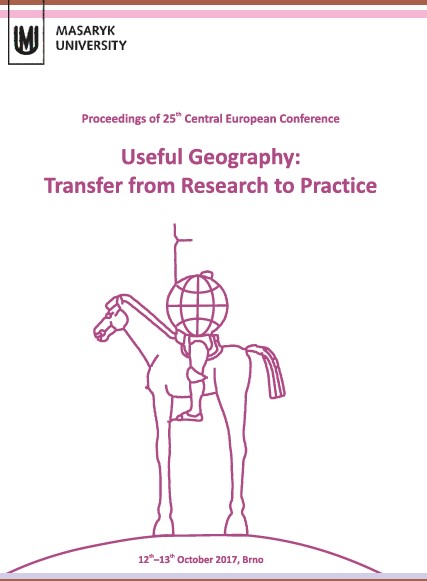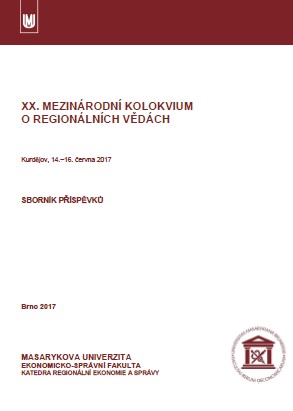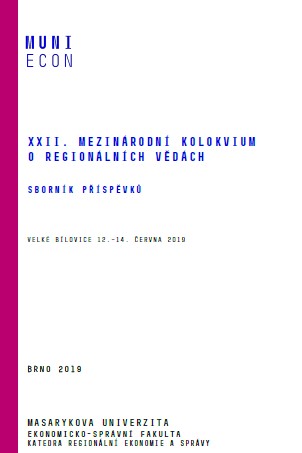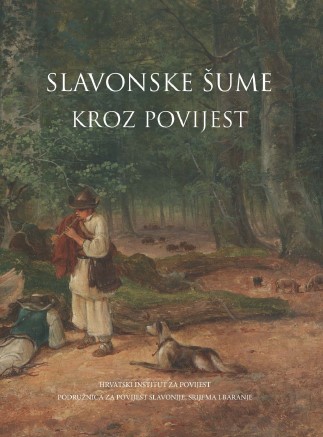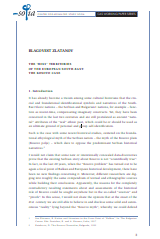
From Banishment to Ascribed Residence: Controlling Internal Movement in Socialist Bulgaria (1944-1989)
This paper seeks to address one mobility-preventing mechanism, namely restriction on internal movement in socialist Bulgaria (1944-1989). Through a series of measures – ranging from banishment to dislocation to residence legally inscribed in the passport – the state engaged in spatial stratification and geographic management of its population. Its officials had elaborated categories linking human rights to a specific geographical location, while state and local authorities implemented in practice human rights’ successful territorialisation. In both cases, infringement on free movement was aimed at the cultivation of a perfect socialist society, where the moral recovery of unhealthy elements was achieved through removal and isolation.
More...
